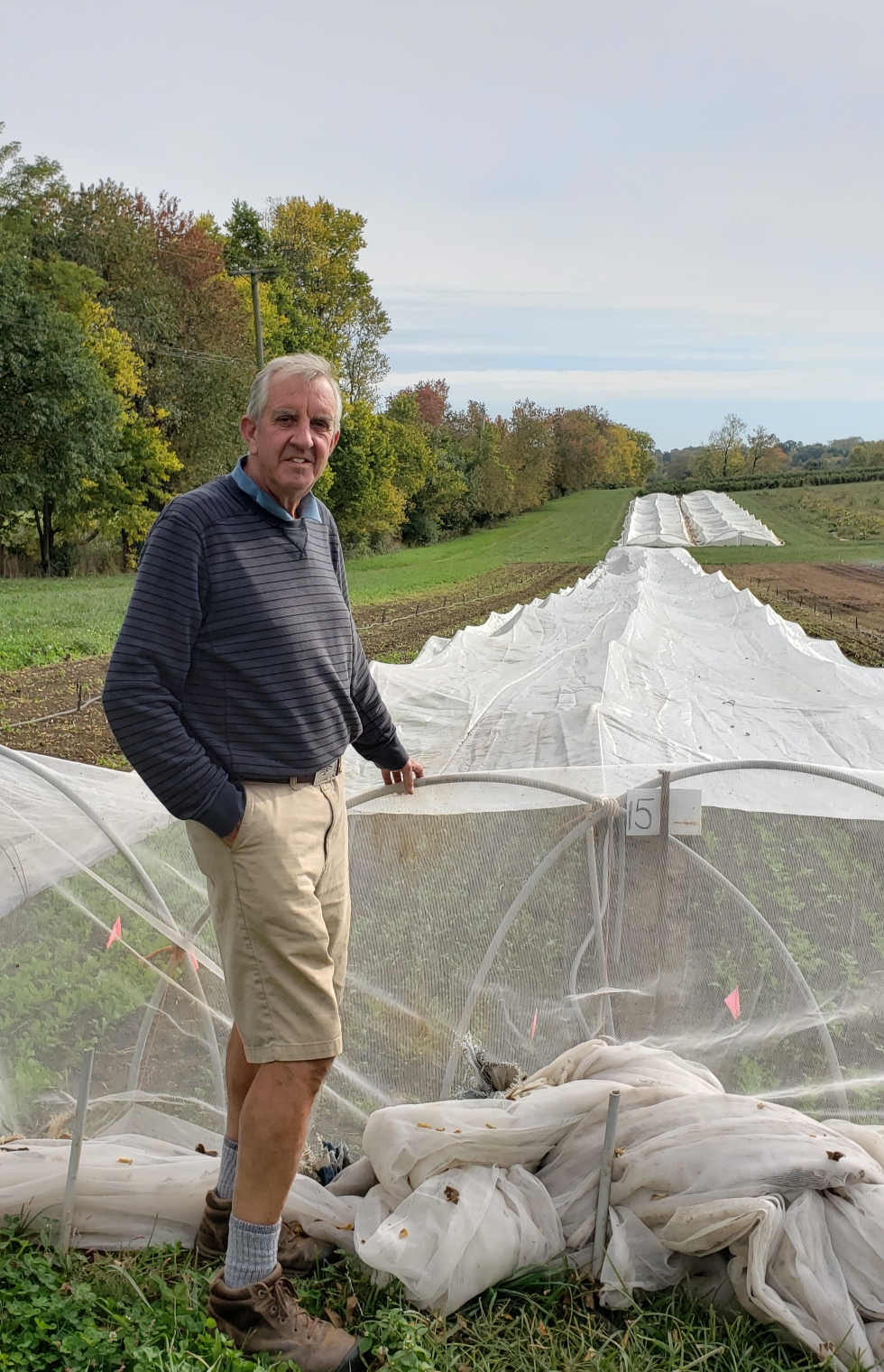
By: Mac Stone, Farmer & Owner, Elmwood Stock Farm
Home gardeners know the joy, the excitement, the feeling of accomplishment when they consume food that they cared for from a seed. There can be no food any fresher, and we know taste and flavor comes with that freshness. Be it a cherry tomato plant in a half bourbon barrel on your patio or a full-fledged, get-out-the-rototiller patch of land, as a food farmer, I encourage you to grow some of your own food and then to turn to local farmers and Good Foods Co-op partners to make up the difference.
Spring is nearly here. Let’s explore some ways for your gardening experience to be as productive as possible.
Know Your Soil
This sounds like the boring part, compared to deciding which heirloom tomato varieties to pick; however, soil is the most important element for success. This country’s land has been mapped by soil scientists, and now digitized, to describe the principles and, by extension, capability to grow crops or build structures upon it.
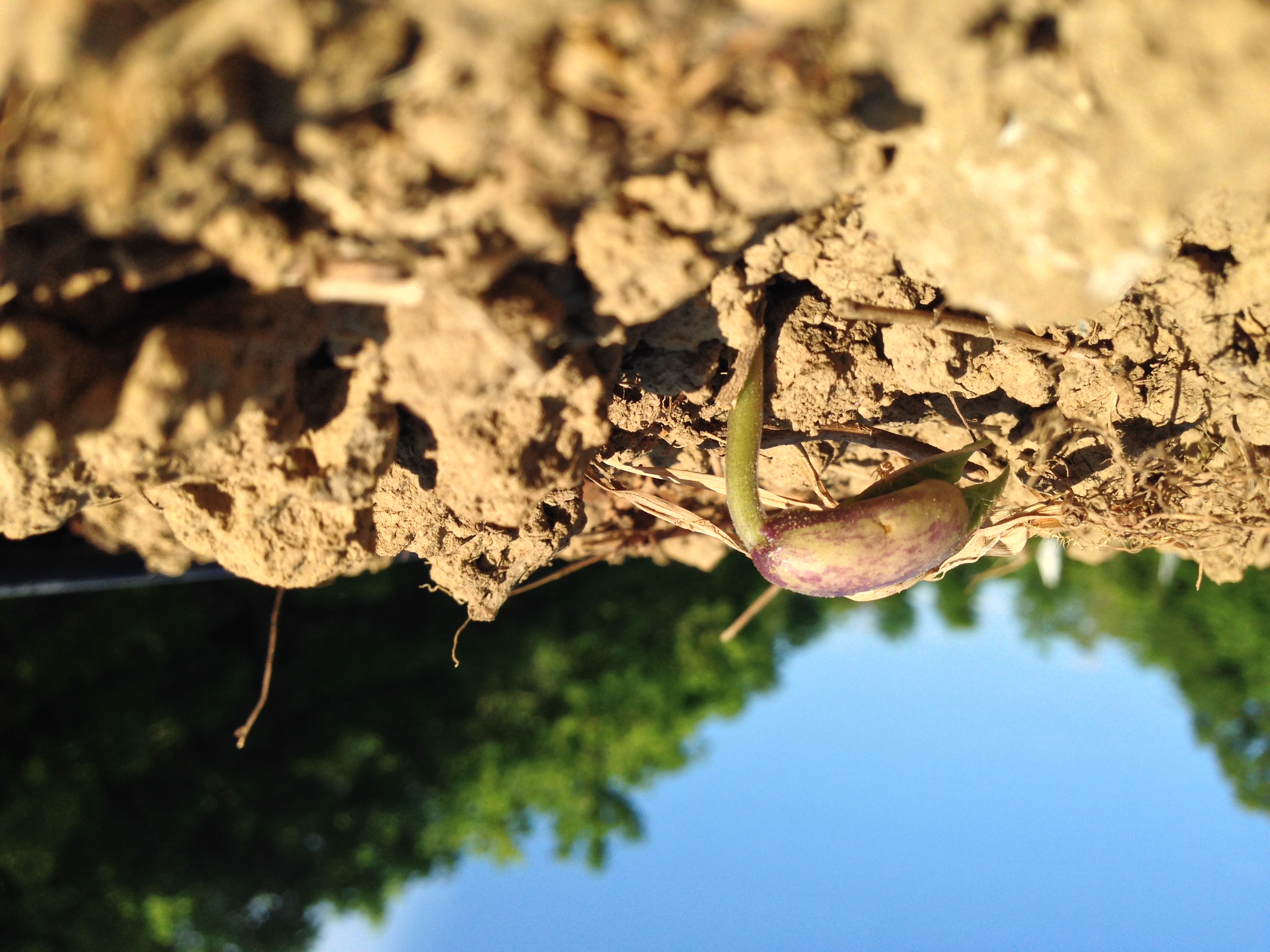
By growing crops on Elmwood Stock Farm for decades, we are familiar with our soil and how it handles both wet and dry weather. If you haven’t been working with your own ground for that long, you will have to rely on what I call the shovel test. Dig a hole about 8 inches deep when it is not muddy nor bone dry. Make test digs around your property to see what you have to work with.
I will boil down my agronomy degree and the volumes of books published about soils into two thoughts for what you find in this hole:
- The darker your soil, the better. Black is better than brown, and brown is better than yellow, and we don’t have much red in the Co-op’s customer range.
- Dirt that’s easier to pierce with a shovel is better than wishing you had a pick-axe to do so.
The darker and more friable the soil, the less work you have to do to shape it up. Fear not if you unearth rocks and off-colored soils. It’s your opportunity to ramp up an aggressive soil-building campaign.
Compost—not fertilizer—is a good place to start. Compost is an inoculant of thousands of species of fungi and soil bacteria that are happy to convert your marginalized land into healthy soil. (“Feed the soil, not the crops,” is a common refrain in regenerative agriculture.) Bagged compost products are excellent these days. We buy 2000-pound super sacks of Purple Cow Compost to start seeds in the greenhouse. They ship smaller bags, I’m sure, and Good Foods Co-op usually carries bagged compost of some kind, too.
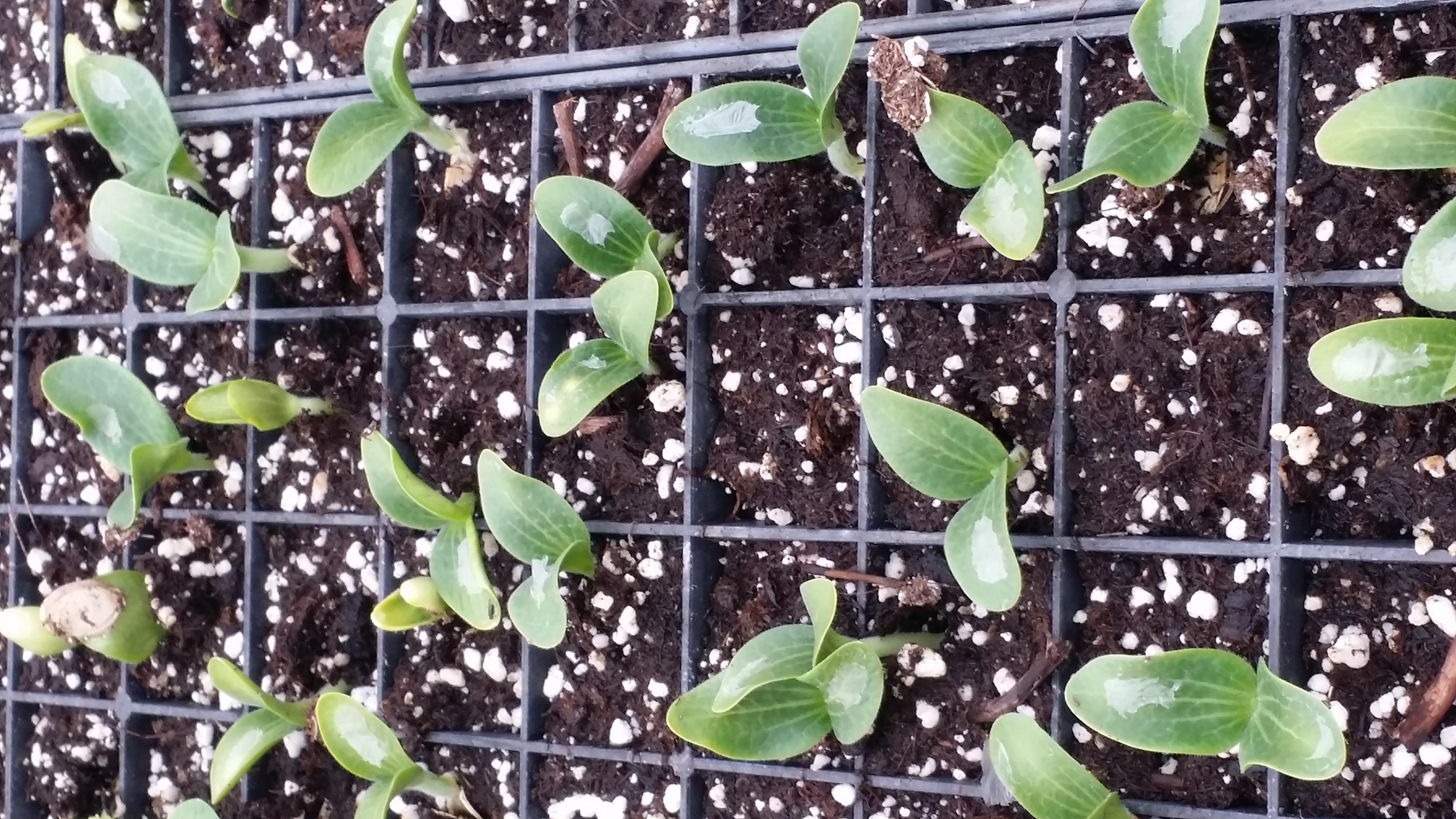
And plan ahead for next year: Save all your leaves this fall. In fact, go get all the neighbors’ leaves, as well, to layer them a foot deep over the garden in the fall/winter. Leaf mold is valuable.
Follow the Sun
Vegetable and fruit crops like lots of light. Watch for the shade pattern of your trees throughout the day. Knowing the generally southern aspect of the sun moving across the sky, which is more pronounced in winter, veggies on the north side of anything will not perform as well as plants in the open or on the south side. The south side of stone or masonry walls absorb the sun’s heat and create a microclimate, warming earlier in spring and making a great place for plantings of spring greens.
There is nothing wrong with creating small patches of gardens in the sunny spots, and no need to fit them into squares or rectangles.
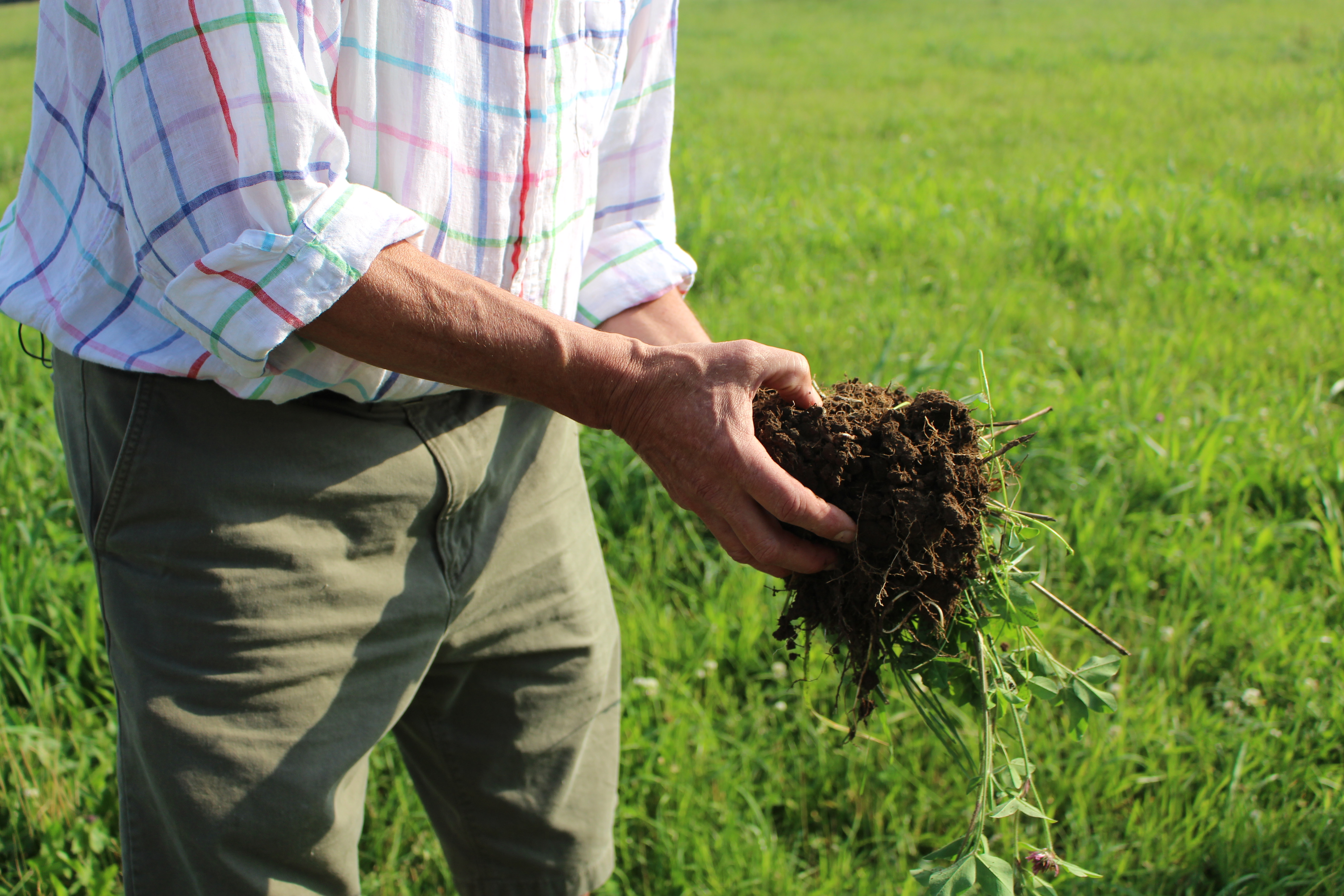
Plan Your Plantings
Even in the smallest of gardens, crop rotation is a must. Plant insects and diseases gravitate to the same families of plants each year, so moving the crops around means the pests wake up each growing season and cannot find their host, greatly debilitating their ability to grow and generate offspring. If you plant the same crop in the same spot every year: Whamo! So keep track, from year to year, where you put your tomatoes and where you put your kale. Don’t put them in the same place the next year.
Prepare the Planting Space
If you were able to keep a nice, thick layer of leaves, grass clippings or mulch over your garden space since early this year, no-till planting is simple, fast and easy.
If you plan to run a tiller over the ground to prepare a seed bed, wait until the soil is not too wet. Squeeze some dirt up in your hand. If it is heavy and wet and looks like you are trying to make pottery, do not disturb the soil with tillage. It will destroy the soil structure and take years to remedy. Patience is one of the hardest parts of gardening.
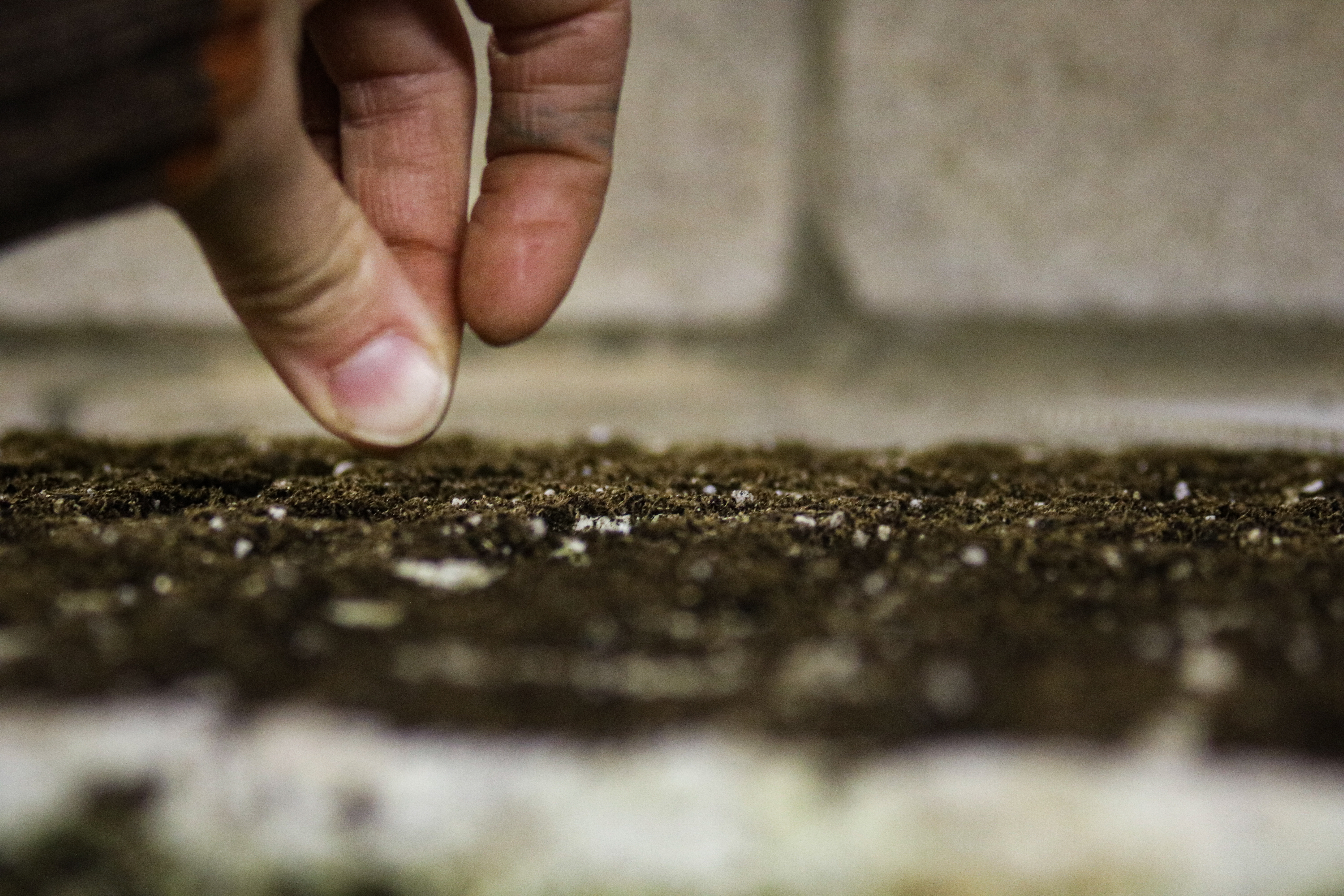
Consider Seeds vs Transplants
Starting seeds indoors is a great way to have strong, healthy plants to put into the spring garden. These generally produce quicker results than seeds that you plant right in the ground. For leafy greens, we usually use both methods: We sow seeds directly into the crop field, and we transplant seedlings that we started indoors.
At home, the new LED lighting available is better for starting your own transplants than counting on a windowsill in gloomy Kentucky springtime. The Co-op sources healthy transplants from local growers, too, which is a foolproof way to get off to a good start.

Time Your Garden Right
After a winter like this one, we’re all raring to get gardens going.
Pea, carrot and spinach seeds and onion sets can be planted the first time the ground is dry enough in early March. Lettuces, broccoli, cabbages and Swiss chard need warmer soil, plus we can have some plant-damaging low temperatures in March, so hold off on those for a few more weeks.
Sometimes we gamble and put out transplants early if the weather looks promising, and then we get caught up in putting on frost blankets for cold snaps. Our greenhouses are filling up with the first wave of plants ready to go out when the weather breaks.
It is time to start tomato, pepper, eggplant seeds indoors if you want to grow your own, but they should not go out into the garden until after Derby Day. Last year, even that proved to be too soon, and we plucked thousands of plants back out of the ground and put them back in the greenhouse for a 27-degree freeze on May 9. Geez.
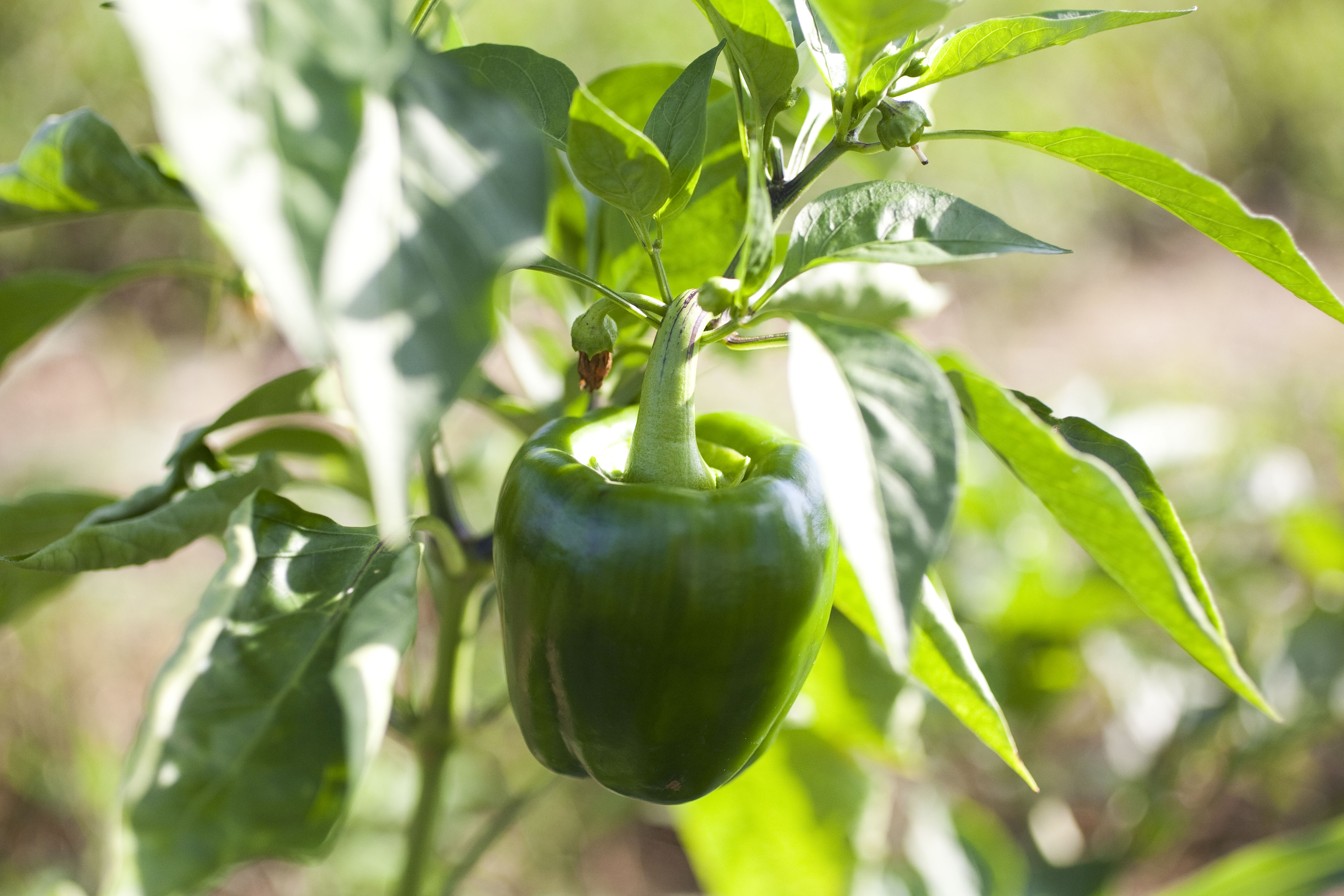
Bean seeds and squash seeds and transplants have to wait until May, as well.
There are some semi-cold-tolerant short-day sweet corn varieties that can go out in April. Sometimes those plantings work, and the ears will be small but oh, so tasty.
Be sure to check the days to maturity for varieties you are selecting in the catalogues so you won’t be disappointed. You can find this on the seed packet, most often.
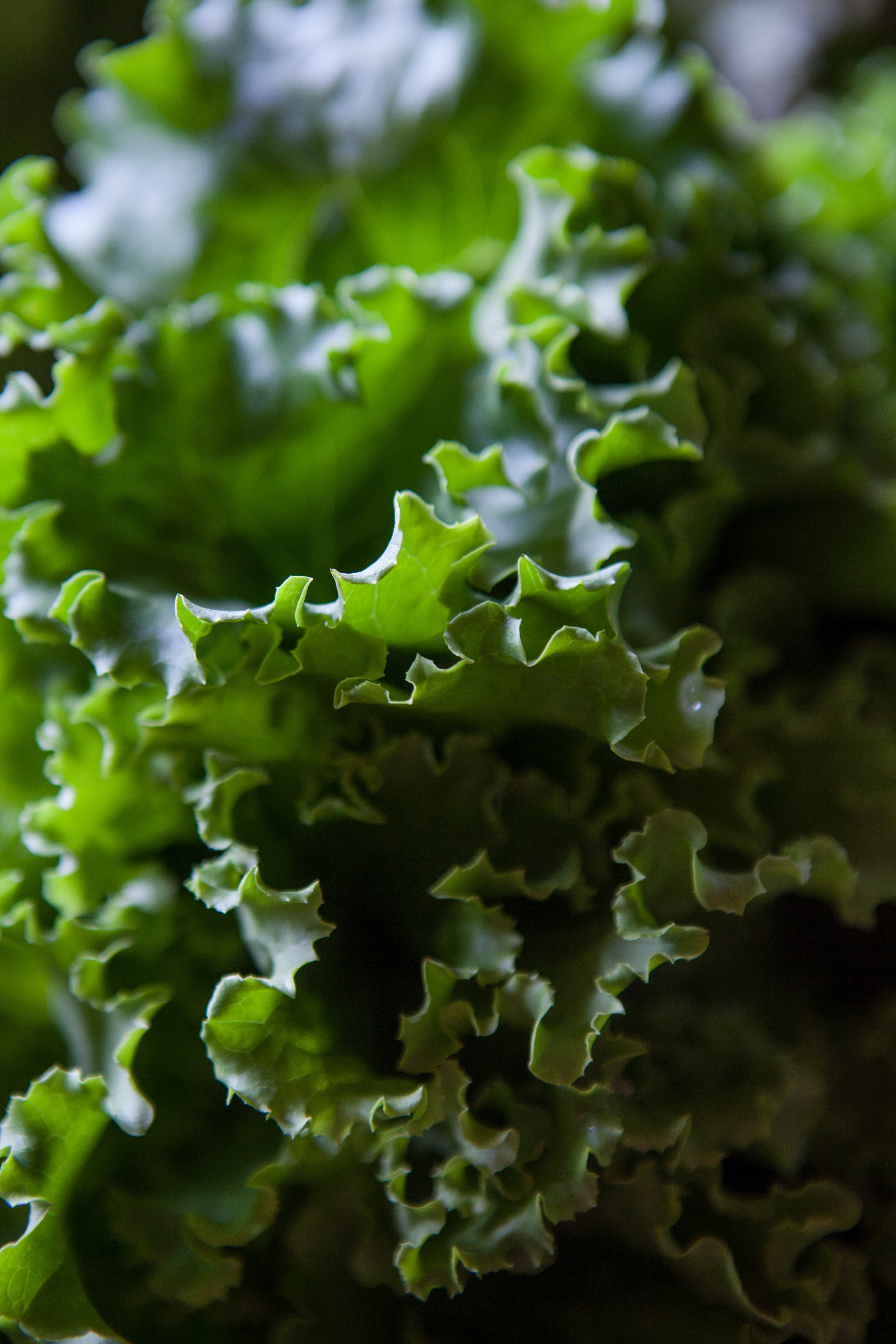
Check Your Seeds
If you have seeds left from last year, germinate 10 of each kind in a wet paper towel to determine how well they kept. Poor germination in the ground with old seed not only wastes space in the garden, it sets you back several weeks by the time you figure out the problem and replant.
I encourage you to grow the things you like, and check on them often. Watch closely to see if the bugs in your garden are good guys or pests.
Once you plant that first little seed, your mouth will start watering, thinking about how good your first homegrown salad, jar of pickles or kale smoothie is going to be. There is nothing better than walking out to the garden at the end of the day to decide what’s for supper.
—Mac Stone, Elmwood Stock Farm
